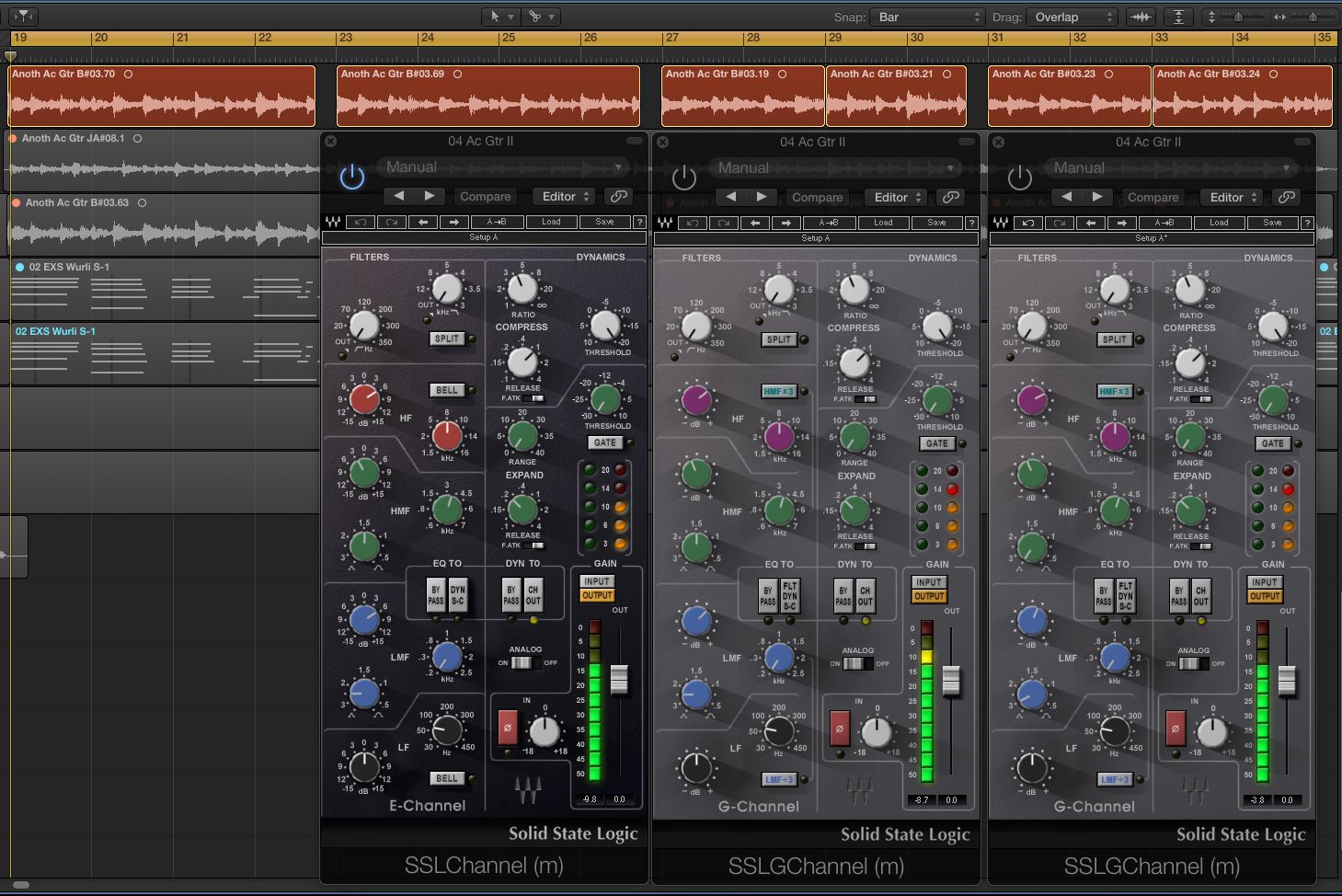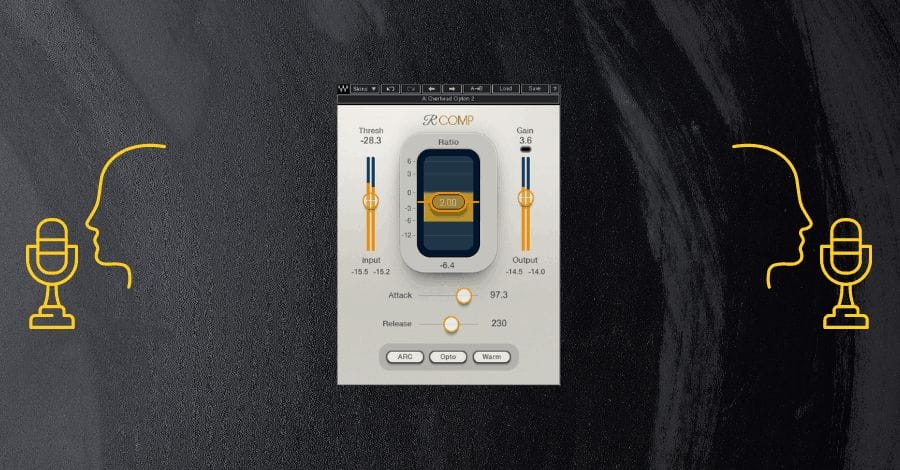

The circuits are band limited (on purpose) to 10Hz to 80Khz on a 9000J and 10Hz to 120KHz on a 9000K. SSL calls this technology “Superanalogue”. On the 9000, no capacitors are used throughout the audio path. The 9000 J and K-Series (the J was released first in 1995) SSL consoles had a similar user layout, but very different internals. Roughly around 2000 of these consoles were made. The different revisions add up to create slightly different flavours. You could fit an early E with some late G-Series cards and vice versa.


The Channel Dynamics were kept pretty much the same from E all the way through to the G+, the only difference being different versions of the VCA-Chip.ġ000s of changes where made between 1979 (first 4000 E) and 2002 (last 4000 G+ delivered which is now located in Atlanta/USA). When they started calling it G-Series, it had the 292 G-EQ first, but after a while, on clients demands, most G-Series went back to the 242 EQ from the E-Series or a mix of both. They changed that and shortly after replaced the 02 EQ with the classic „black“ 242 EQ where the filters could be switched out completely. The early E-Series had the „brown“ 02 EQ on which the filters were at first always switched in, cutting extreme low and high end. The 4000 has 4 mix busses (2 x Stereo, or Left/Right/Center/Surround), the 6000/8000 have 6 or 8 hence and were developed for TV/Film-Mixing. The E-Series was gradually developed into the very similar 4000 G (1987) and G+ (1993) while 6000 E and G and also 8000 G and G+ were added along the line. Then came the 4000 E (introduced in 1979), their „classic“ console which changed mixing forever. waves ssl g eq has a sensational bottom end and rennaisance 2 band eq strictly for HPF is awesome their dbx160 is great on bass thats about all i use from waves.


 0 kommentar(er)
0 kommentar(er)
